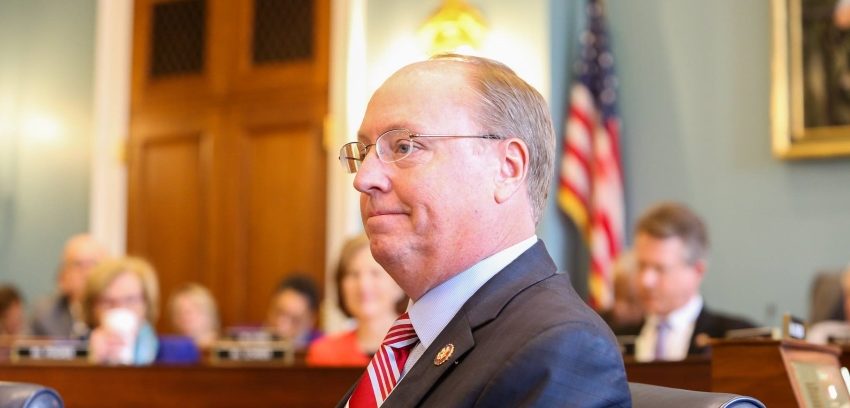Ignoring the reality for millions in his own state who struggle to put food on the table, U.S. Rep. Jim Hagedorn, R-Minn., said Tuesday that he believes no American goes to bed hungry.
“Nobody (in America) goes to sleep at night wondering if they’ll be able to feed their families,” Hagedorn said, according to a report by the Daily Globe, a newspaper in Worthington, Minn.
Hagedorn, a first-term Republican who serves on the Agriculture Committee, made the false statement at a Kiwanis Club meeting in Worthington while declaring imported agriculture a national-security threat.
But Hagedorn’s comment stands in stark contrast to current studies on food insecurity in the United States.
According to an Agriculture Department study, in Hagedorn’s home state of Minnesota between 2015 and 2017, roughly 210,000 households were “food insecure,” which the department defines as those “unable to acquire adequate food for one or more household members because they have insufficient money or other resources.”
Nationally, the study found that 15 million households — 11.8 percent — were food insecure in 2017.
The USDA estimated that 4.8 percent of U.S. and 3.7 percent of Minnesota households had “very low food security” in 2017, which it defines as households in which “the eating patterns of one or more household members are disrupted and their food intake reduced, at least some time during the year, because they cannot afford enough food.”
On Friday, the Daily Globe published a clarification about Hagedorn’s comment, reporting that it was “with regard to availability of food in grocery stores, and America having a food supply that is abundant and nutritious in stark comparison to other countries.”
But that explanation would still render the statement false, as the USDA has found tens of millions of Americans live in areas known as “food deserts,” where there is limited or no access to grocery stores nearby.
Correction (April 30, 2019)
A previous version of this article misstated the number of Minnesota households that the Agriculture Department estimated had food insecurity between 2015 and 2017. It was about 210,000, not 2.2 million.

